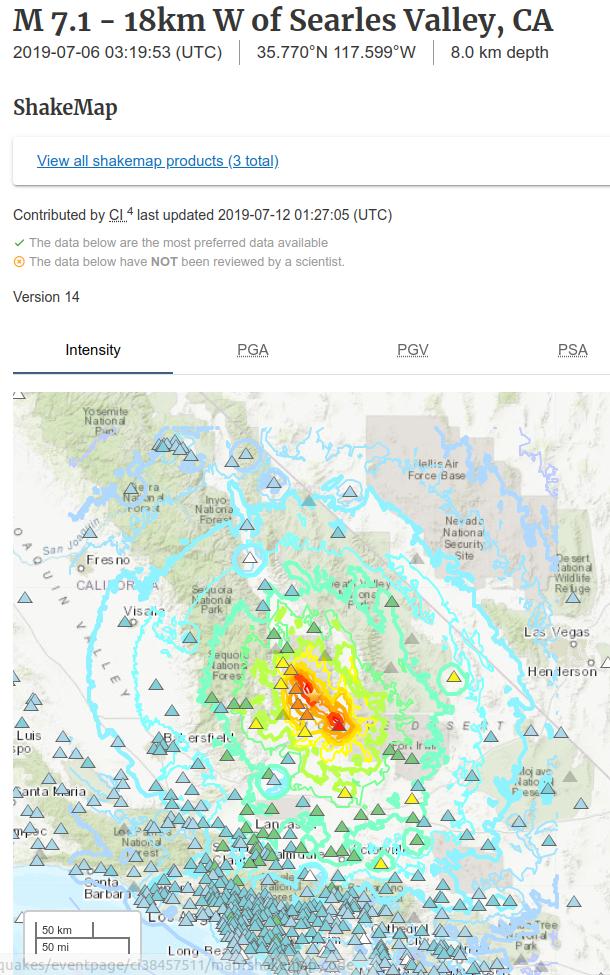

These aftershocks occurred closer to the surface than the M5.7 mainshock, and seismological data and analysis indicate that these aftershocks in the West Valley fault zone were triggered by the mainshock. Some of the aftershocks clustered in a small zone about 3 miles east of the main area of aftershocks, near the Salt Lake International Airport. This number of aftershocks since the mainshock in March 2020 follows a normal pattern observed from earthquakes worldwide. Data from the Magna earthquake indicate that ground shaking in the Salt Lake City region in future Wasatch fault earthquakes may be higher than previously estimated.Īs of September 2020, the Magna earthquake sequence has generated over 2,300 aftershocks. Using seismometers that measure seismic energy released by earthquakes, seismologists have used data from the Magna earthquake sequence to modify models of what the Wasatch fault zone fault looks like beneath our feet and, importantly, what the dip of the fault is. The fault line is on the east side of the valley, near the Wasatch mountain front, but dips at an angle below the surface, which is why the earthquake epicenter is on the opposite side of the Salt Lake Valley.

The March 18, 2020, Magna earthquake did not significantly increase or decrease this probability. In 2016, the Working Group on Utah Earthquake Probabilities published a 50-year earthquake forecast for the Wasatch Front region, indicating a 43% probability, or about a 1-in-2 chance, of having one or more earthquakes of M6.75 or greater and a 57% probability, or greater than a 1-in-2 chance, of having one or more earthquakes of M6.0, in that time period. In general, the Wasatch Front has the potential to experience an earthquake larger than M7.0, up to a maximum of about M7.6. The risk is similar to what it was before the Magna sequence. We are still at risk of a M7.0 to M7.6 earthquake (the “Big One”) occurring somewhere along the Wasatch fault zone. A single small earthquake series does not relieve enough stress in the earth to reduce the likelihood of a large earthquake.

The Magna earthquake has not changed the long-term probabilities of a large magnitude earthquake along the Wasatch Front. There was a small chance, roughly one-in-twenty (5%), that a larger earthquake would have occurred in the 5 to 6 days after the initial M5.7 earthquake. In the Magna earthquake sequence, the magnitude (M) 5.7 was the largest earthquake.


 0 kommentar(er)
0 kommentar(er)
